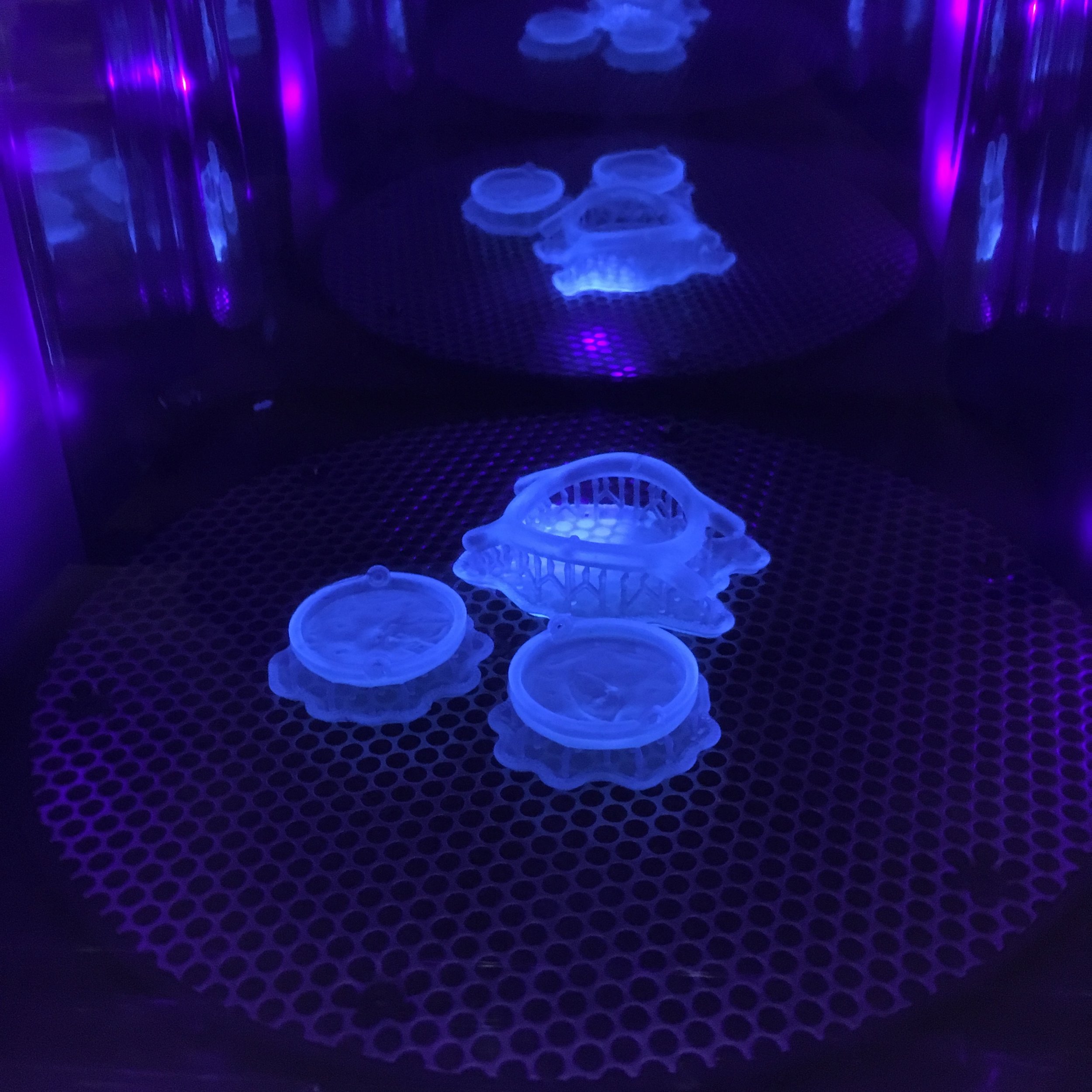Atbay Candle
/At Atbay we believe that as a society we are spending too much time on our technology, browsing Facebook, scrolling through Instagram, checking email, and so on. We are working towards a future where we have more control over how we spend our time, and what we choose to do. To help realize this dream, we are working on Candle, a smartphone charger that rewards time spent offline, doing things that matter to you. I don't want to spend too much space here talking about the why, but if you're interested, check out our website heyatbay.com and get on our mailing list for updates on our progress.
What I want to highlight most here is the prototyping power of having access to a maker space in Asheville. In just a few months we have been able to rapidly iterate on designs and as a result quickly move closer to a design we feel good about moving to production.
In the beginning I was using the laser cutter and lulzbot FDM 3d printer to create a basic cylindrical form with a button on top to provide the functionality we needed to test. We were able to quickly and cheaply produce five of these prototypes to give to test users and collect feedback to shape our next designs.
Recently I have been working more with the Form2 SLA 3d printer to create high resolution parts that more closely represent final part finish and quality. This is an excellent tool to create a beautiful prototype that functions as close to a production model as possible without cutting expensive tools.
In combination with these printed and laser cut parts, we have been using the arduino programming platform in conjunction with simple electronic development boards and parts to mock up the internal electrical components. Development boards come in all shapes and sizes these days, making it easier than ever to create beautiful prototypes that work exactly as they would sold in a store.
Our team still has a long way to go before we sell product at scale, but I hope this inspires you to get started on a project you've been thinking about! Feel free to reach out if you have any questions about our prototyping methods, or if you'd like help with your project.

































